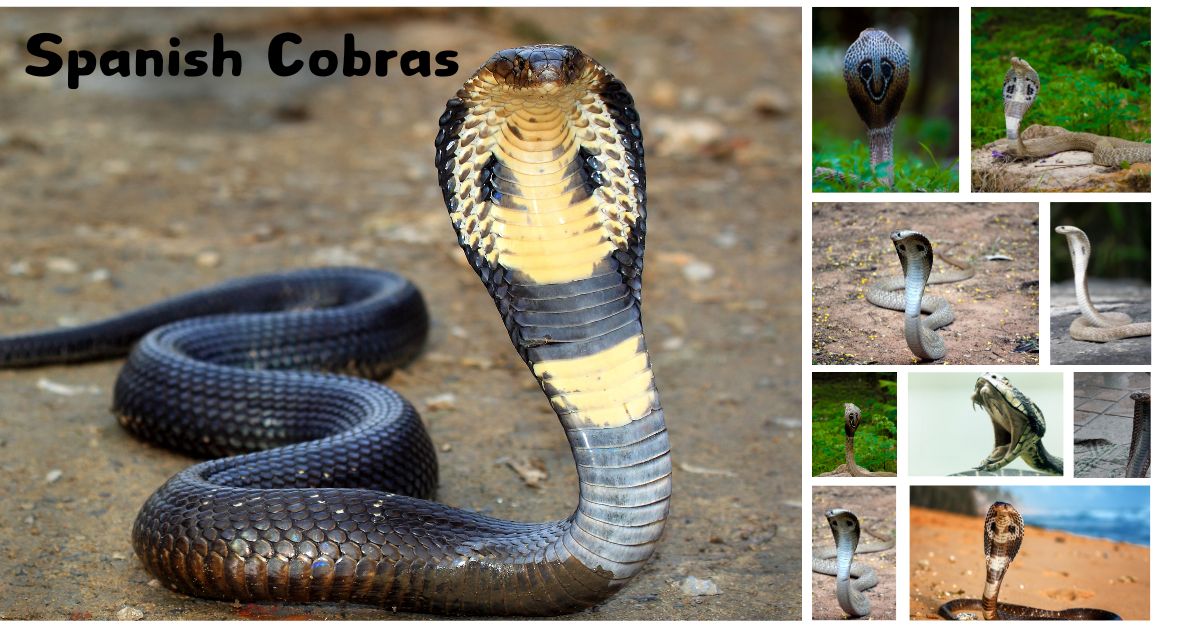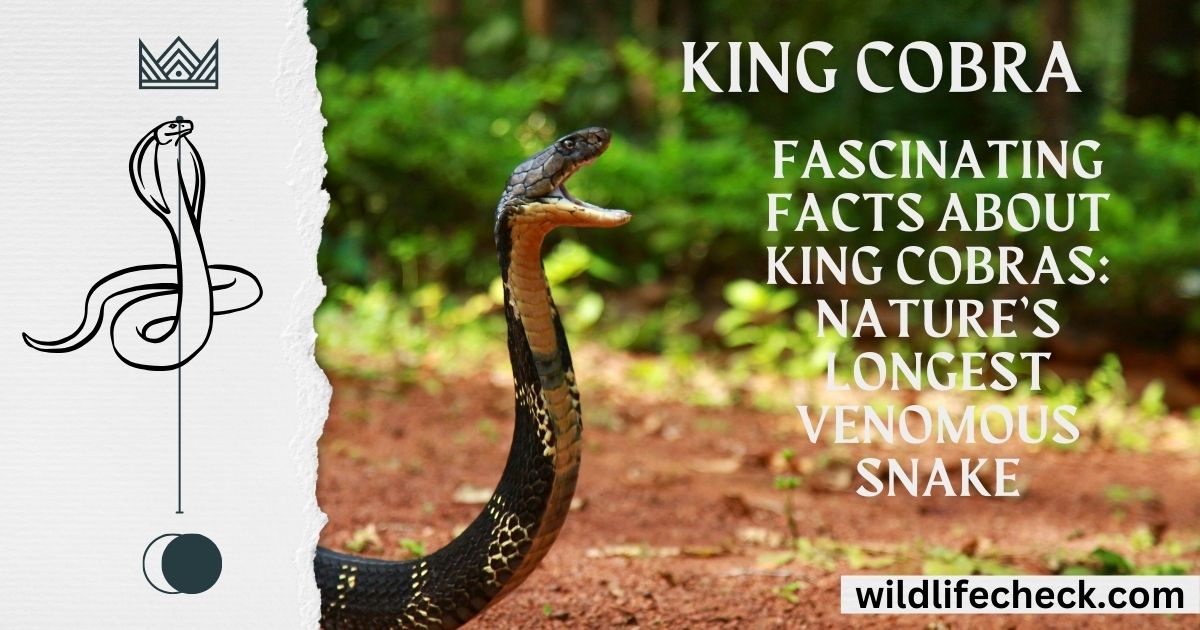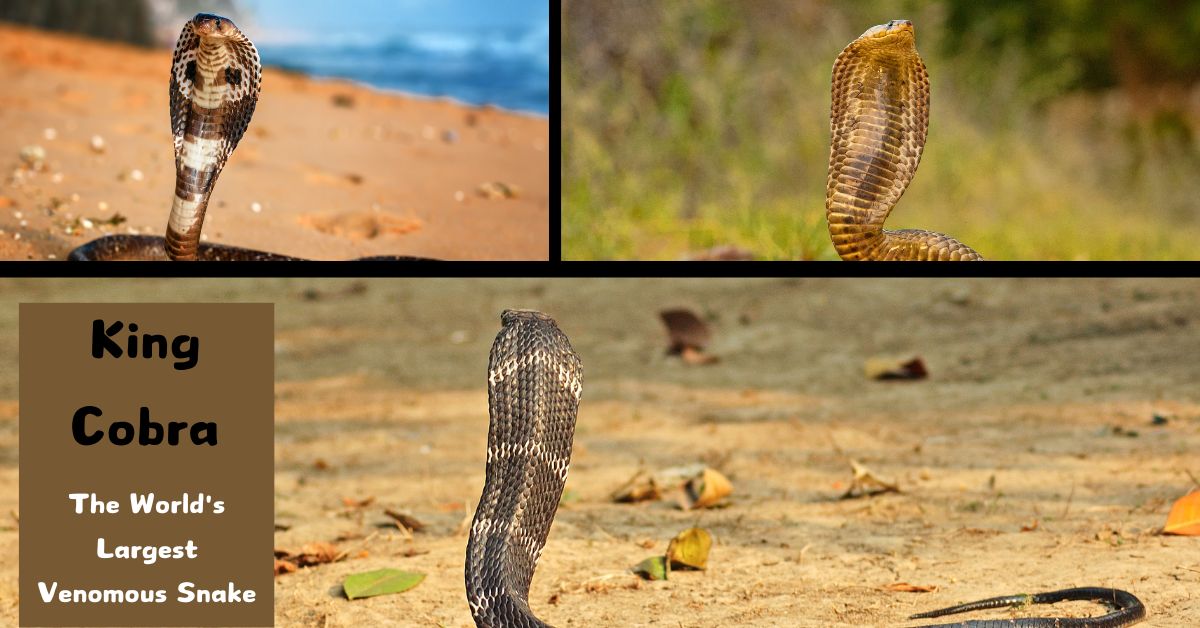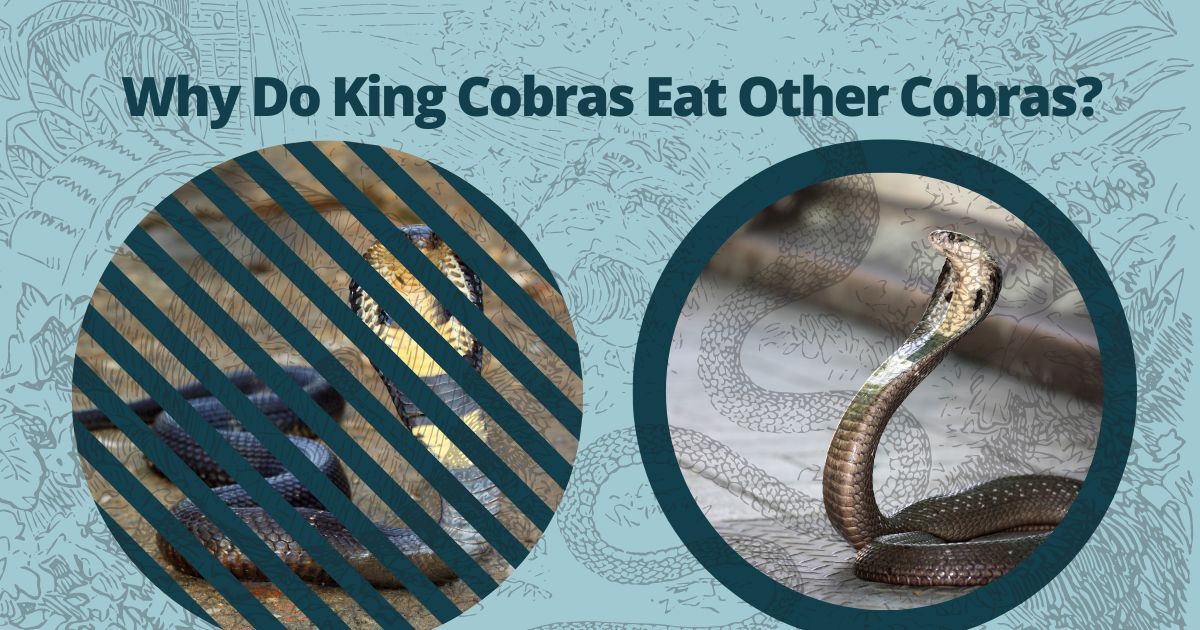
Spanish Cobras: Exploring the Fascinating World of These Reptiles
Introduction
In today’s cutting edge period, there are numerous species of snakes, one of which is the cobra wind. These snakes are exceptionally noxious. The Spanish cobra is a species of venomous wind local to the Indian subcontinent. Spanish cobras are generally found in Spain or South Asia. The logical title of the cobra wind is Naja naja. These snakes have a hood on best which makes them see more alluring, due to which they draw in wind devotees. In today’s article, we will give you with more data almost their environment, nourishment, and way of life.
What is Spanish cobra
The expression “Spanish cobra” could allude to various things relying upon the unique circumstance:
- Snake Species: There is no snake known as the “Spanish cobra” in established researchers. The cobra isn’t local to Spain or Europe; cobras are normally tracked down in Africa and Asia.
- Pack or Criminal Gathering: In certain specific circumstances, “Spanish Cobra” could allude to a road posse, especially in the US. The Spanish Cobras are a road group basically situated in Chicago, subsidiary with the Society Country.
Without extra setting, it’s trying to pinpoint precisely exact thing is implied by “Spanish cobra.” In the event that you have a particular setting as a primary concern, if it’s not too much trouble, give more subtleties to a more precise response!
Types of Spanish cobra
It seems like you may be alluding to a misconception or disarray. There is no particular variety or kind of cobra known as the “Spanish cobra.” Cobras are not local to Spain, and regularly, they are tracked down in districts of Africa and Asia.
The expression “Spanish cobra” might actually be a misnomer or an everyday name utilized in a particular setting, however it doesn’t mean an unmistakable animal types or subspecies of cobra. In the event that you implied something different or have a particular setting at the top of the priority list, go ahead and explain!
History
The expression “Spanish cobra” can allude to various things relying upon setting. It very well may be utilized informally to portray the species Naja oxiana, otherwise called the Focal Asian cobra or Oxus cobra, which isn’t local to Spain yet is in some cases alluded to as such because of authentic misconceptions or misattributions.
On the other hand, “Spanish cobra” could allude to a particular occasion or verifiable setting including cobras or snakebite episodes in Spain, however such use would regularly be extraordinary and could require explicit verifiable or social setting to completely comprehend.
In the event that you have a specific perspective or setting as a main priority connected with the “Spanish cobra,” go ahead and request more itemized data!!
Structure
The expression “Spanish cobra” could be deciphered in two or three different ways, however assuming you’re getting some information about the design of a sentence or expression in Spanish that incorporates “cobra,” the following are a couple of conceivable outcomes:
Thing Expression
- La cobra española (The Spanish cobra)
- Una cobra española (A Spanish cobra)
Sentence Design
- La cobra española es una serpiente venenosa. (The Spanish cobra is a venomous snake.)
- Vi una cobra española en el zoológico. (I saw a Spanish cobra at the zoo.)
In these models, “cobra” alludes to the snake, and “española” determines that it is of Spanish beginning or type. The design keeps normal Spanish language guidelines, where descriptive words by and large follow the thing they depict.
Habitat and Distribution
Spanish cobras essentially occupy the Indian subcontinent, including India, Pakistan, Sri Lanka, Bangladesh, and Nepal. They are exceptionally versatile and can flourish in different conditions going from woods and prairies to metropolitan regions. These cobras are known to look for cover in tunnels, empty logs, and deserted structures, where they can track down asylum during the day and chase after prey around evening time.
Physical Characteristics
A run of the mill Spanish cobra can arrive at lengths of 4 to 6 feet (1.2 to 1.8 meters) and has a slim body with a hood that it can extend when compromised. The tinge differs, however they for the most part have a pale brown or dim foundation with hazier brown or dark markings. Their toxin is neurotoxic, and that implies it influences the sensory system of their prey, immobilizing it quickly.
Behavior and Diet
Spanish cobras are predominantly nocturnal hunters, preying on small mammals, birds, and amphibians. They use their venom to immobilize prey before swallowing it whole. These snakes are known for their defensive behavior when threatened, often raising their hoods and hissing loudly to warn off predators. Despite their venomous nature, Spanish cobras prefer to avoid confrontation and will usually flee if given the opportunity.
Reproduction and Life Cycle
During the rearing season, which commonly happens in the hotter months, male Spanish cobras participate in battle to seek mating freedoms with females. When prepared, the female will lay a grasp of eggs, as a rule in a confined area like a tunnel or under garbage. She will then monitor the eggs until they hatch, after which the youthful cobras are autonomous and fight for themselves from birth.
Conservation Status
While not at present jeopardized, Spanish cobras face dangers from territory misfortune, human infringement, and mistreatment because of their venomous nature. Preservation endeavors center around safeguarding their regular environments and teaching nearby networks about existing together with these significant hunters in the biological system.
Interaction with Humans
Spanish cobras, in the same way as other venomous snakes, have a huge social presence in South Asia. They are both dreaded and regarded, frequently showing up in legends, strict imagery, and customary medication. Regardless of their lethal standing, they assume a vital part in controlling vermin populaces, in this way by implication helping farming.
In Spanish culture and imagery, cobras are not local creatures, so they don’t have conventional representative implications related with them like in a few different societies. Be that as it may, on the off chance that you’re keen on broad snake imagery, it frequently addresses change, mending, and restoration across many societies around the world.
As to:
- Red: In many societies, including Spain, red can represent enthusiasm, energy, and fortitude. It can likewise be related with affection, strength, and imperativeness.
- Yellow: This tone frequently addresses bliss, positive thinking, and energy. It can represent daylight, delight, and consistent focus.
- Dark: Dark is frequently connected with secret, power, and style. It can likewise represent profundity, contemplation, and the unexplored world.
These varieties can be tracked down in different settings in Spanish craftsmanship, culture, and imagery, frequently conveying nuanced implications relying upon the particular social or verifiable setting they are utilized in.
FAQs About Spanish Cobras
Q: Are Spanish cobras found in Spain?
A: No, despite their name, Spanish cobras are not found in Spain. They are native to the Indian subcontinent.
Q: Are Spanish cobras aggressive towards humans?
A: Spanish cobras are for the most part bashful and really like to keep away from a conflict. They will possibly go after people assuming they feel compromised or cornered.
Q: What should I do if I encounter a Spanish cobra in the wild?
A: Stay cool and gradually move in an opposite direction from the snake. Give it space to withdraw, as it will probably keep away from a showdown whenever offered the chance.
Q: How venomous are Spanish cobras?
A: Spanish cobras possess a potent neurotoxic venom that can cause paralysis and, in severe cases, death. Prompt medical attention is crucial if bitten.
Conclusion
Spanish cobras, with their striking appearance and powerful toxin, are a demonstration of the variety of untamed life tracked down in South Asia. While they move dread, they additionally merit regard for their part in keeping up with environmental equilibrium. Protection endeavors are fundamental to guarantee these radiant snakes keep on flourishing in their normal living spaces, helping the two biological systems and neighborhood networks the same.
All in all, Spanish cobras are a captivating animal groups that feature the multifaceted connection among people and natural life. By getting it and valuing these animals, we can add to their preservation and guarantee their endurance for people in the future to wonder about and gain from.





Can you be more specific about the content of your article? After reading it, I still have some doubts. Hope you can help me.
Sir, what doubts do you have? And how can I help you?
Thank you for your sharing. I am worried that I lack creative ideas. It is your article that makes me full of hope. Thank you. But, I have a question, can you help me?
Thank you very much sir. Tell me what I can do to help you
Can you be more specific about the content of your article? After reading it, I still have some doubts. Hope you can help me.
Thanks for sharing. I read many of your blog posts, cool, your blog is very good. https://accounts.binance.com/pt-PT/register?ref=DB40ITMB
Thanks for sharing. I read many of your blog posts, cool, your blog is very good.
Your point of view caught my eye and was very interesting. Thanks. I have a question for you.
Thank you for your sharing. I am worried that I lack creative ideas. It is your article that makes me full of hope. Thank you. But, I have a question, can you help me?
Your article helped me a lot, is there any more related content? Thanks!